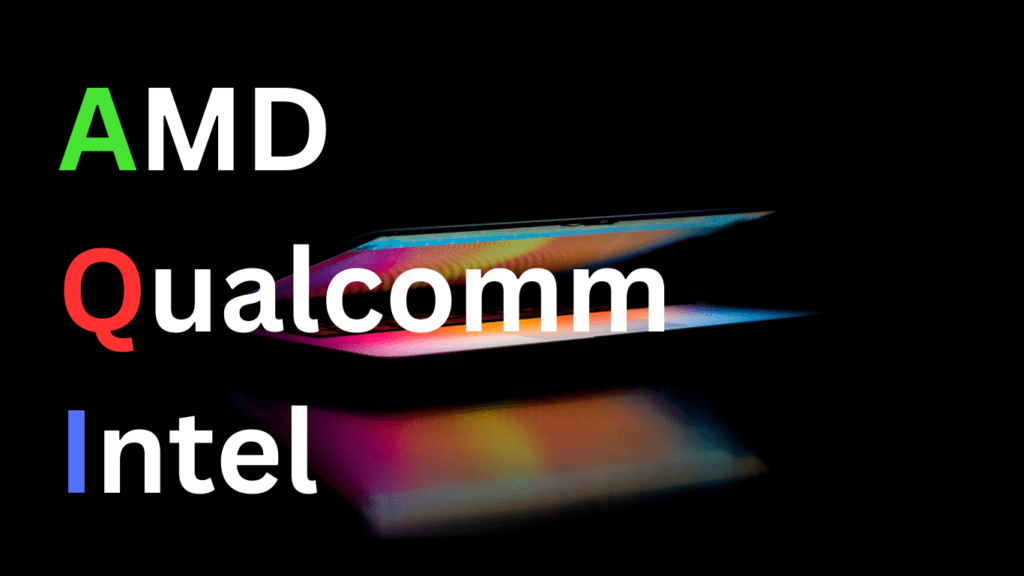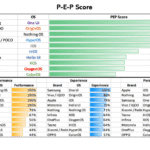Dell recently restructured its commercial laptop portfolio, simplifying and enhancing its memorability and comprehension. This aligns closely with the naming conventions of the smartphone industry, naming its latest launches as Dell Pro and Dell Pro Max. Dell will adopt this nomenclature for its enterprise portfolio, and we anticipate seeing laptops named in this manner with additional variations.
A notable highlight of Dell’s recent launch was introducing its first laptop with an AMD processor for enterprise customers. Artificial Intelligence (AI) is revolutionising various aspects, and the devices strategy of OEMs encompasses laptops. Laptop OEMs are no longer exclusively relying on Intel and are expanding their processor partnerships for diverse reasons.

With AI at the forefront, coupled with performance and power optimisation, OEMs are offering a portfolio matrix that empowers customers to select a silicon provider alongside model configurations. Naturally, Microsoft Windows remains the operating system of choice, except for those opting for a MacBook.
Decision-makers such as Chief Information Officers (CIOs) consider several factors before procuring laptops. Beyond optimising the purchase decision by balancing cost and value, key considerations include:
- The specific end-use case of the laptop, including its intended functions and typical workloads.
- The level of AI usage within the device.
- The criticality of security, including the necessity of on-device AI.
- Compute capabilities, including CPU, GPU, and NPU.
- Power efficiency.
Other factors that decision-makers also evaluate include the after-sales service provided by the OEM, the durability of the devices, and the design and user experience, particularly considering the growing presence of Gen Z in the workforce.
To establish a diverse range of options rather than a hierarchical product tree, OEMs are now offering AQI—AMD, Qualcomm, and Intel processors—to CIOs. This provides them with a comprehensive selection, enabling them to make horizontal choices rather than solely considering laptop models. Each processor offers unique features that have garnered reputation and appeal.
For instance, AMD, particularly its Ryzen series, is renowned for its graphics capabilities, making it ideal for 3D modelling and gaming. Similarly, Qualcomm offers exceptional AI TOPS performance in its operating segments, while its low-power architecture enhances battery life. However, some CIOs may prefer to continue with legacy and opt for Intel processors.
In a realistic scenario, no laptop OEM will exclusively rely on a single processor partner. The era of “win-tel” has come to an end. With Dell also introducing AMD-based laptops, there is no laptop OEM that exclusively utilises Windows and does not offer at least one model from each of these processor suppliers.
This AQI array empowers decision-makers in enterprises and SMBs to deliver performance that aligns with workload requirements and other user preferences. While it is impractical to custom-build PCs and cater to the individual needs of every employee, the AQI approach facilitates personalised computing, resulting in optimal compute performance for users.
In the future, this trend of AQI silicon arrays will gain widespread adoption, allowing enterprises to establish their own “compute cart” for employees to select from. This approach will also contribute to sustainability goals by preventing over-computing of teams. Each employee group or profile group will receive precisely what is required, making the broad silicon selection highly critical.
Currently, the AQI in laptops is experiencing a surge in popularity, and this AQI serves as an effective indicator of increased choice and personalisation in the computing landscape.





